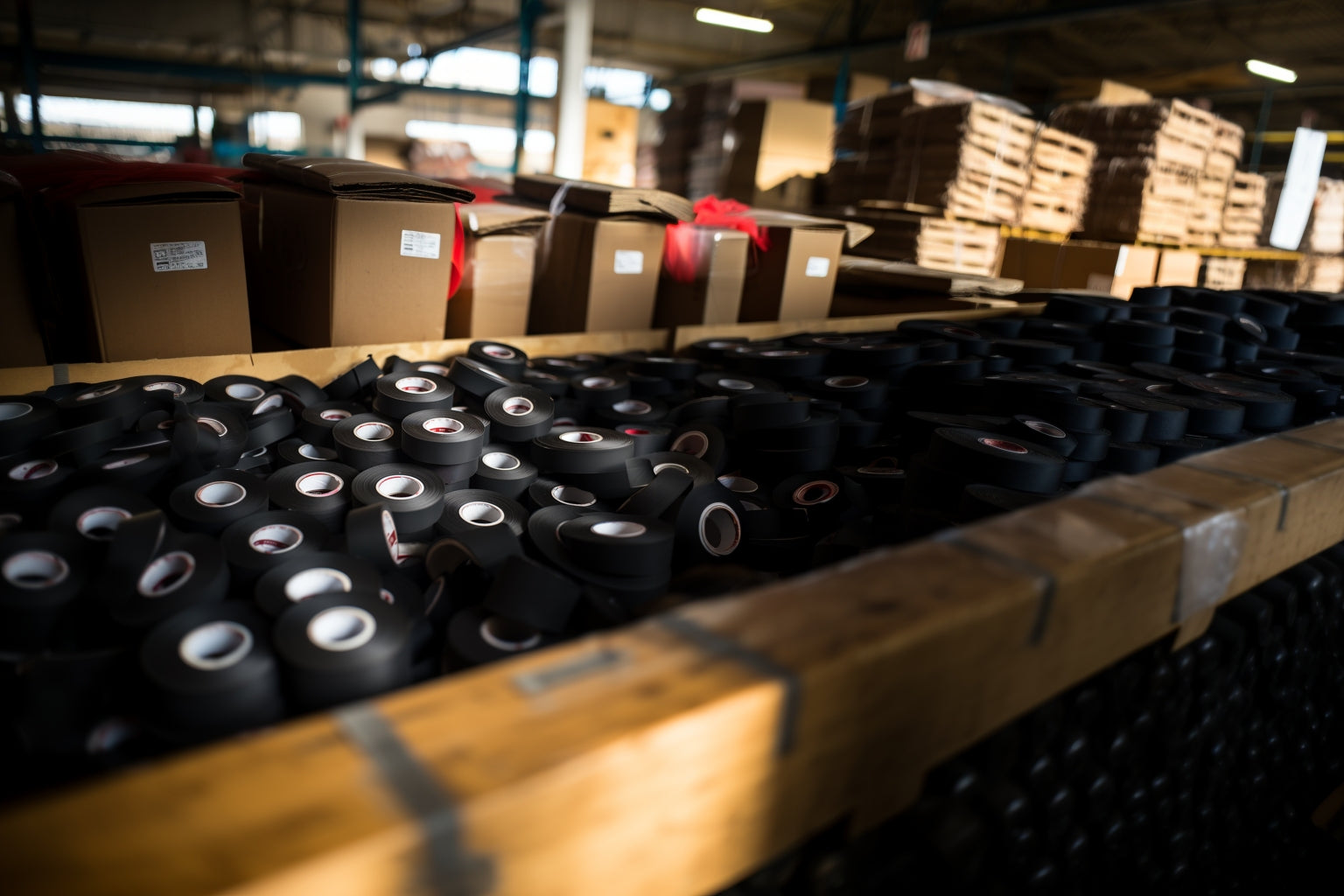Beeswax is a natural wax produced by honeybees from the nectar of flowering plants. It is a complex mixture of monoesters, diesters, triesters and hydrocarbons, with a characteristic yellow color and a sweet, floral fragrance.
Beeswax is different from other types of wax such as paraffin wax and carnauba wax in several ways:
- Origin: Beeswax is produced naturally by honeybees, while other waxes such as paraffin wax and carnauba wax are derived from petroleum or plant sources, respectively.
- Chemical Composition: The chemical composition of beeswax is unique, with a high molecular weight, high melting point and low solubility in water. This makes it a useful material for a variety of applications.
- Performance: Beeswax has unique physical and chemical properties that make it ideal for use as a lubricant, emulsifier, and coating in cosmetics, food, and pharmaceuticals, as well as in the production of candles, polishes and other household items.
- Sustainability: Beeswax is a renewable and sustainable resource, as honeybees naturally produce it. In contrast, petroleum-based waxes and some plant-based waxes have a larger carbon footprint due to the energy required to extract, refine and transport them.
- Health: Beeswax is considered non-toxic and safe for use in food, cosmetics and personal care products, making it a popular choice for those seeking natural and eco-friendly alternatives.
Beeswax is manufactured by honeybees in their bee glands, which secrete wax scales that are chewed and molded by the bees to construct honeycomb. Once the honeycomb is harvested, the wax can be melted and filtered to remove any impurities, producing pure beeswax.
Beeswax found its way to being used for waxing ice hockey stick blades through the discovery of its unique properties. The high melting point and low solubility in water make beeswax a good candidate for use as a friction reducing coating, enhancing the speed and control of the puck. Additionally, the non-toxic and eco-friendly nature of beeswax make it a popular choice among hockey players looking for a natural alternative to traditional blade waxes.




